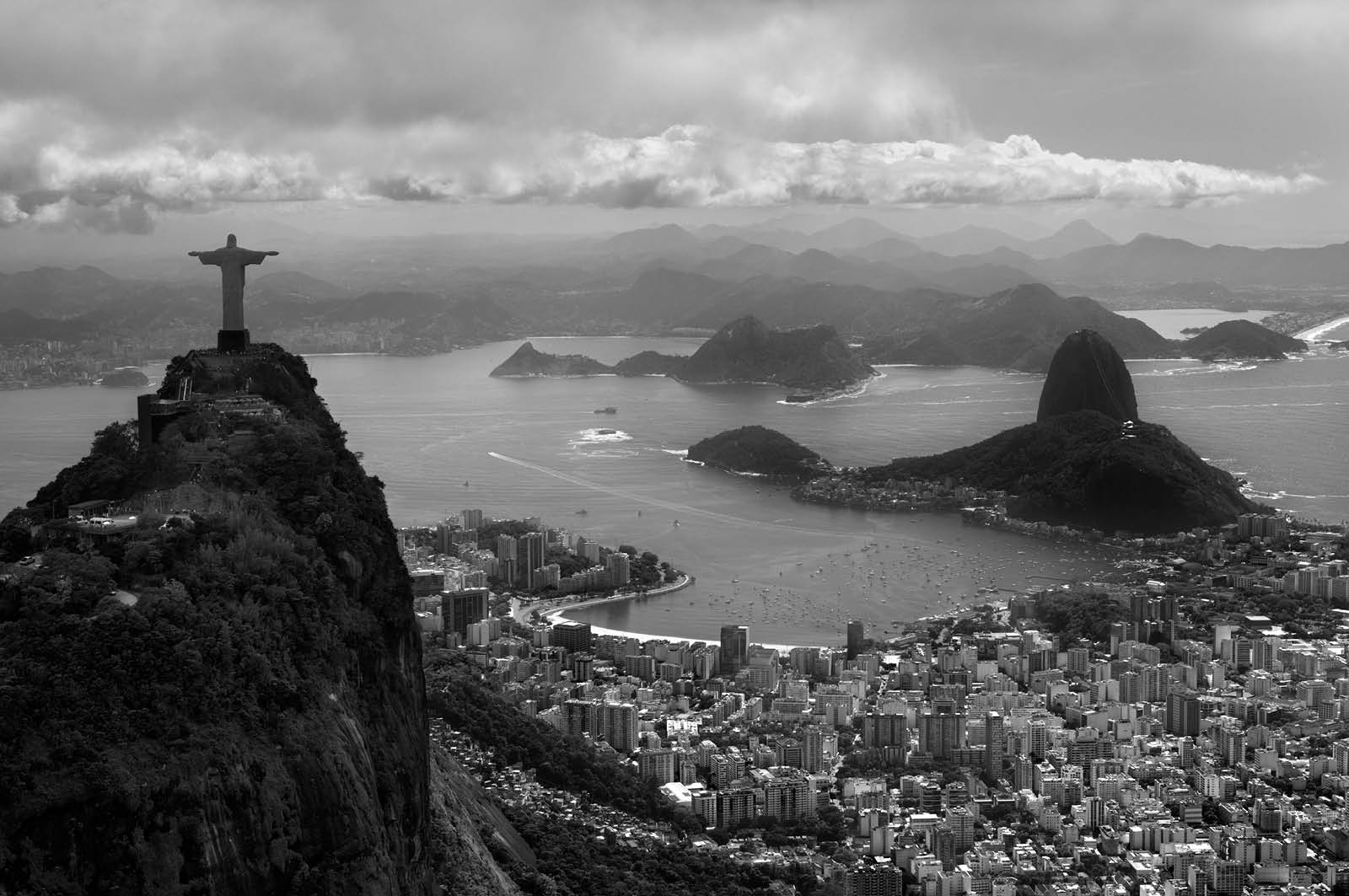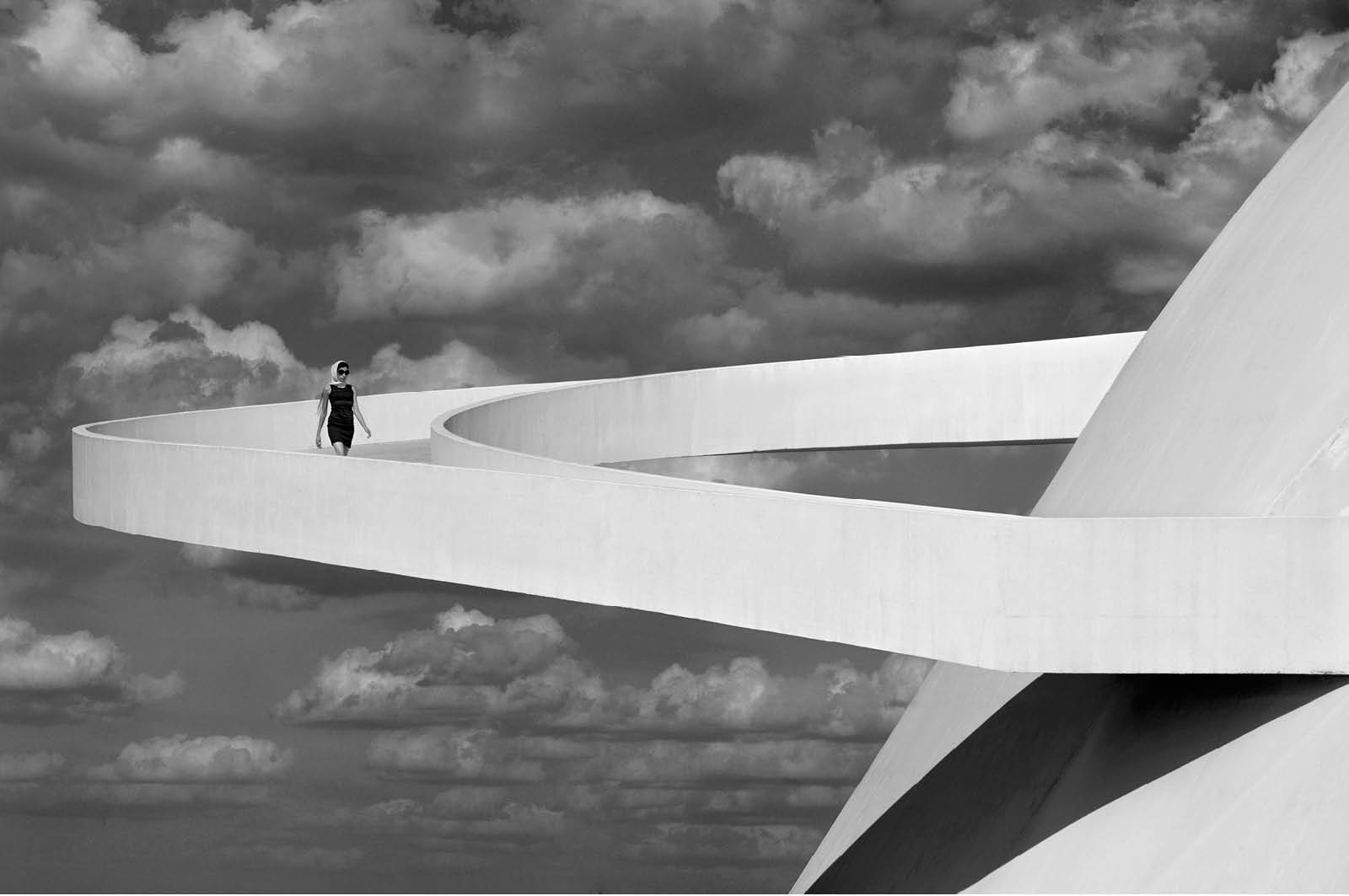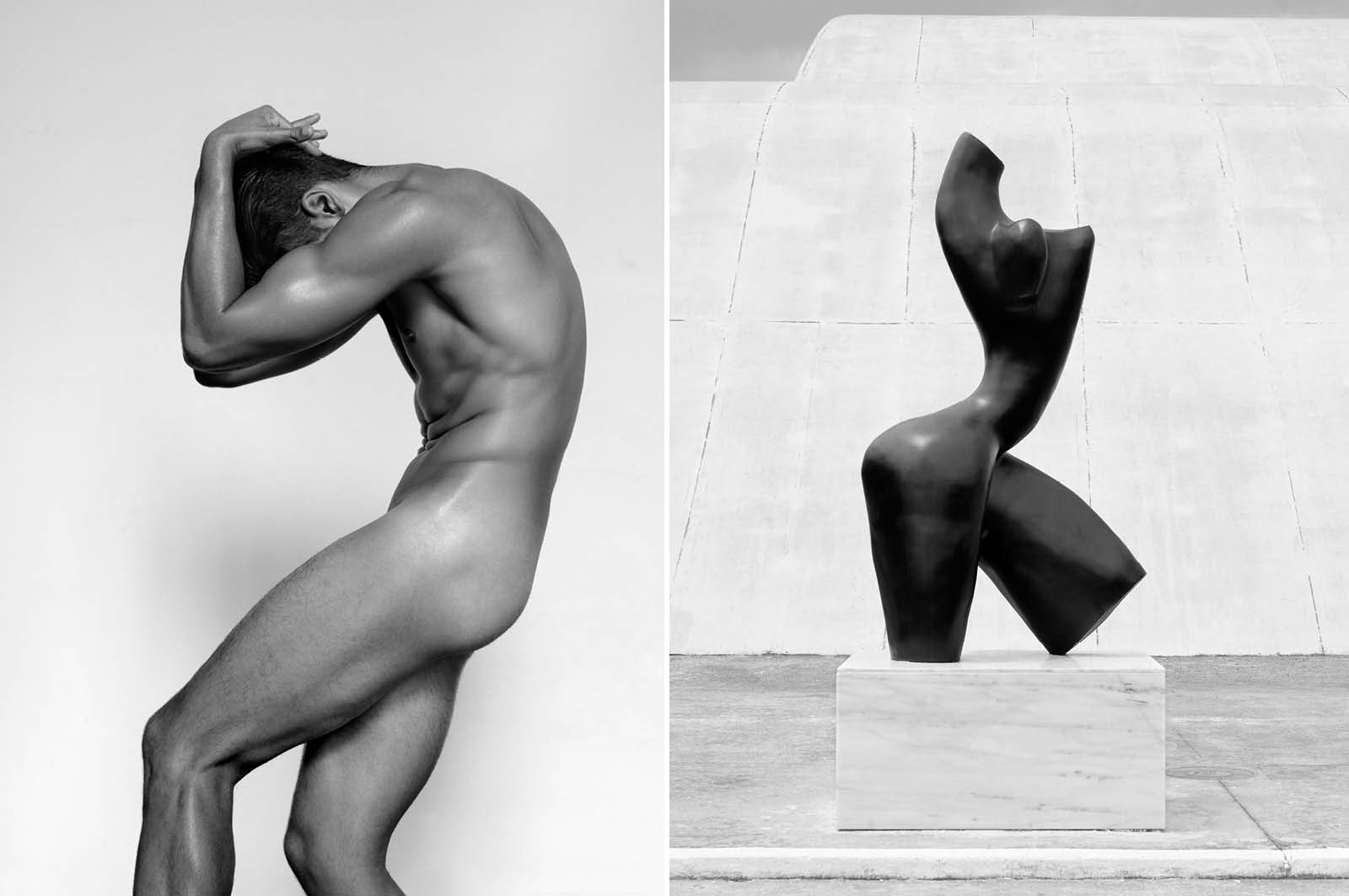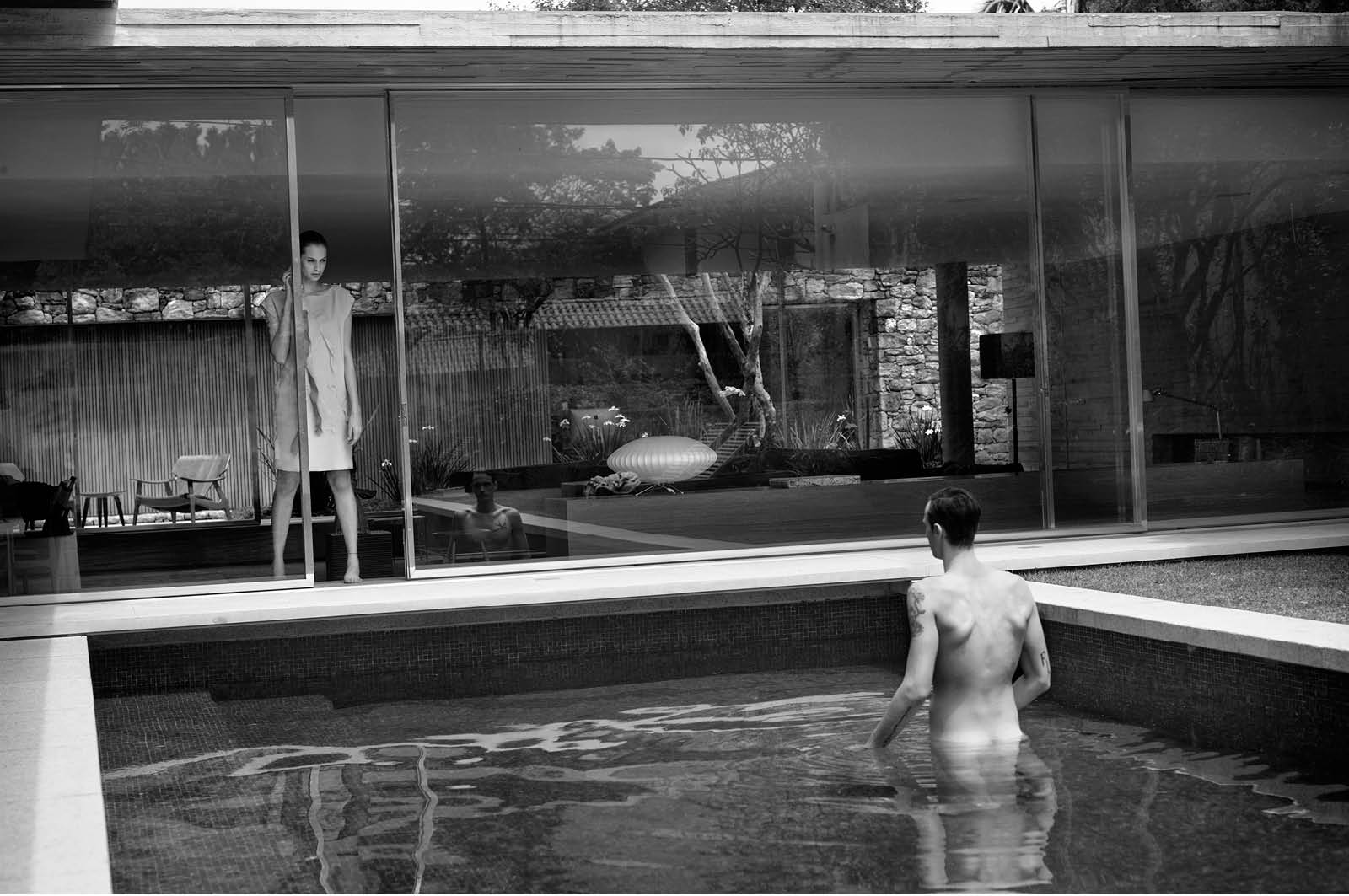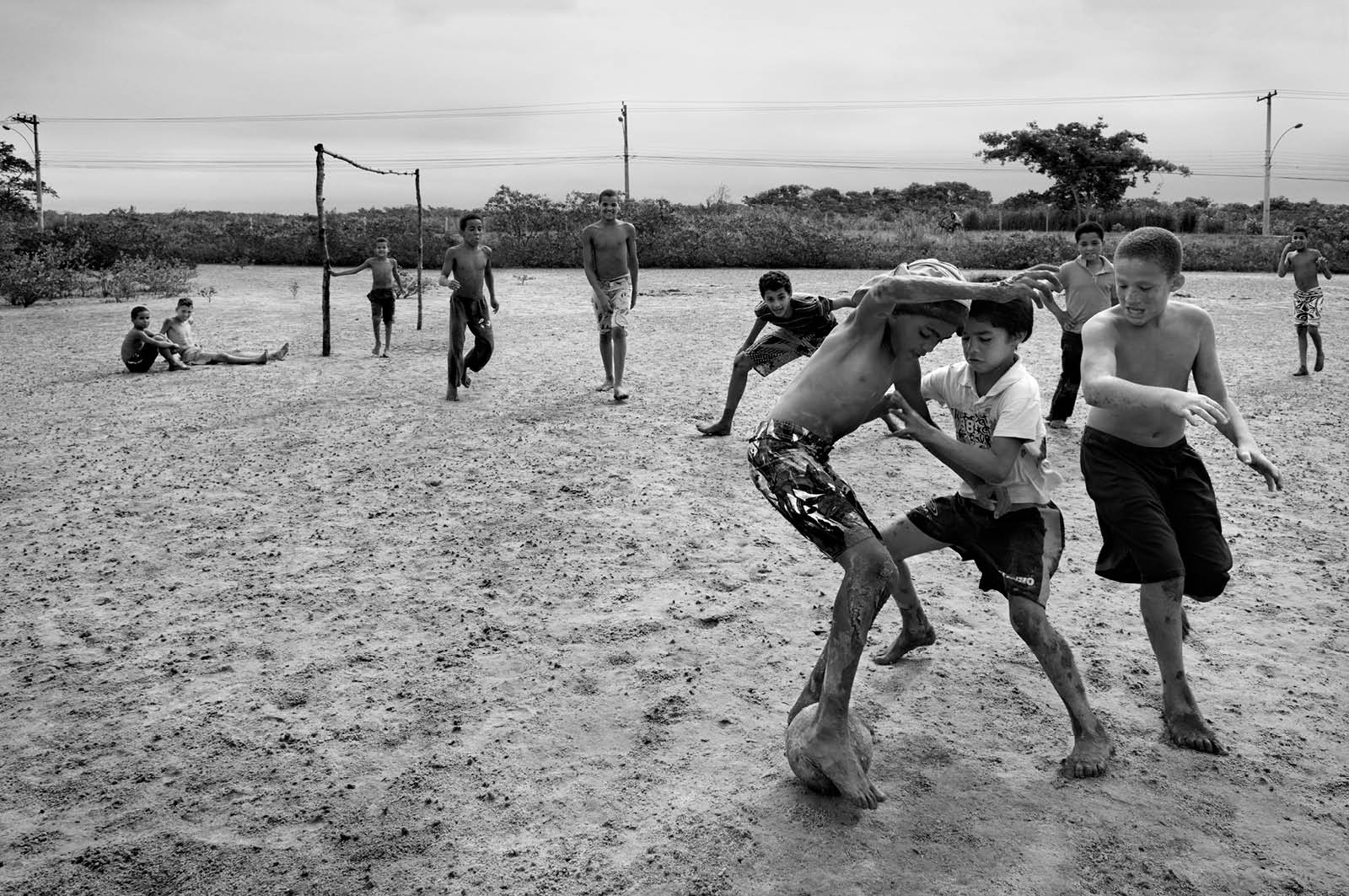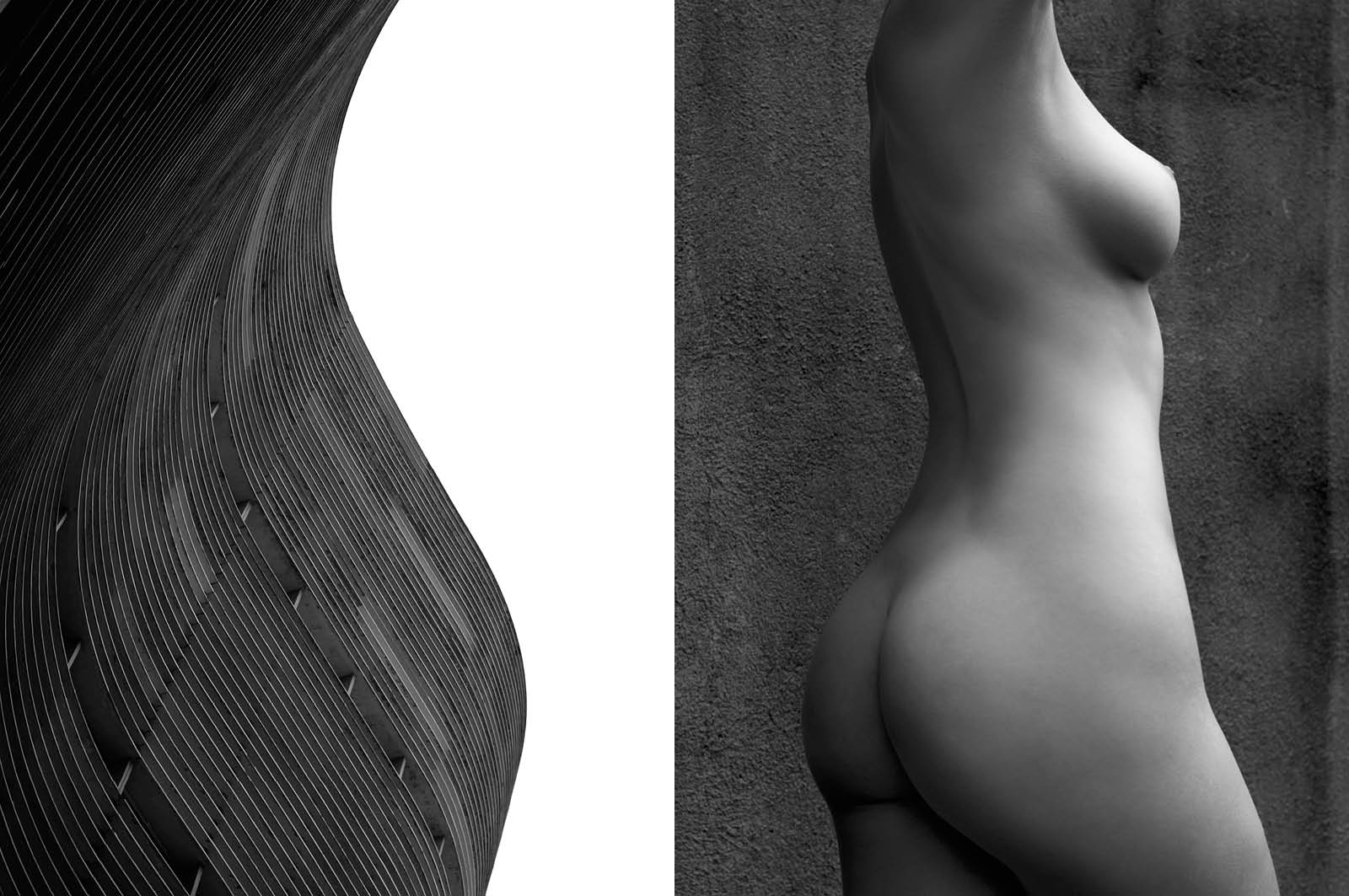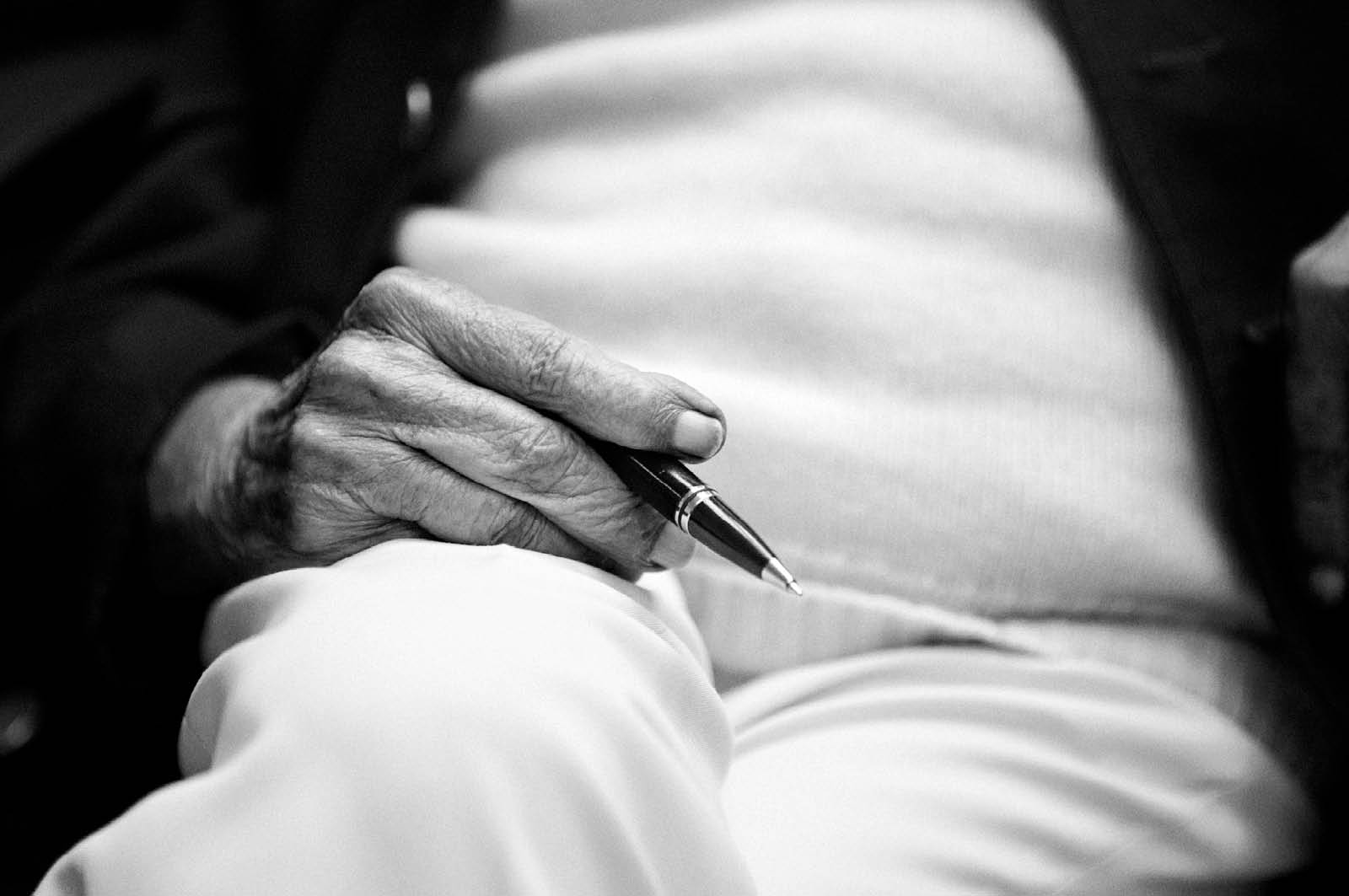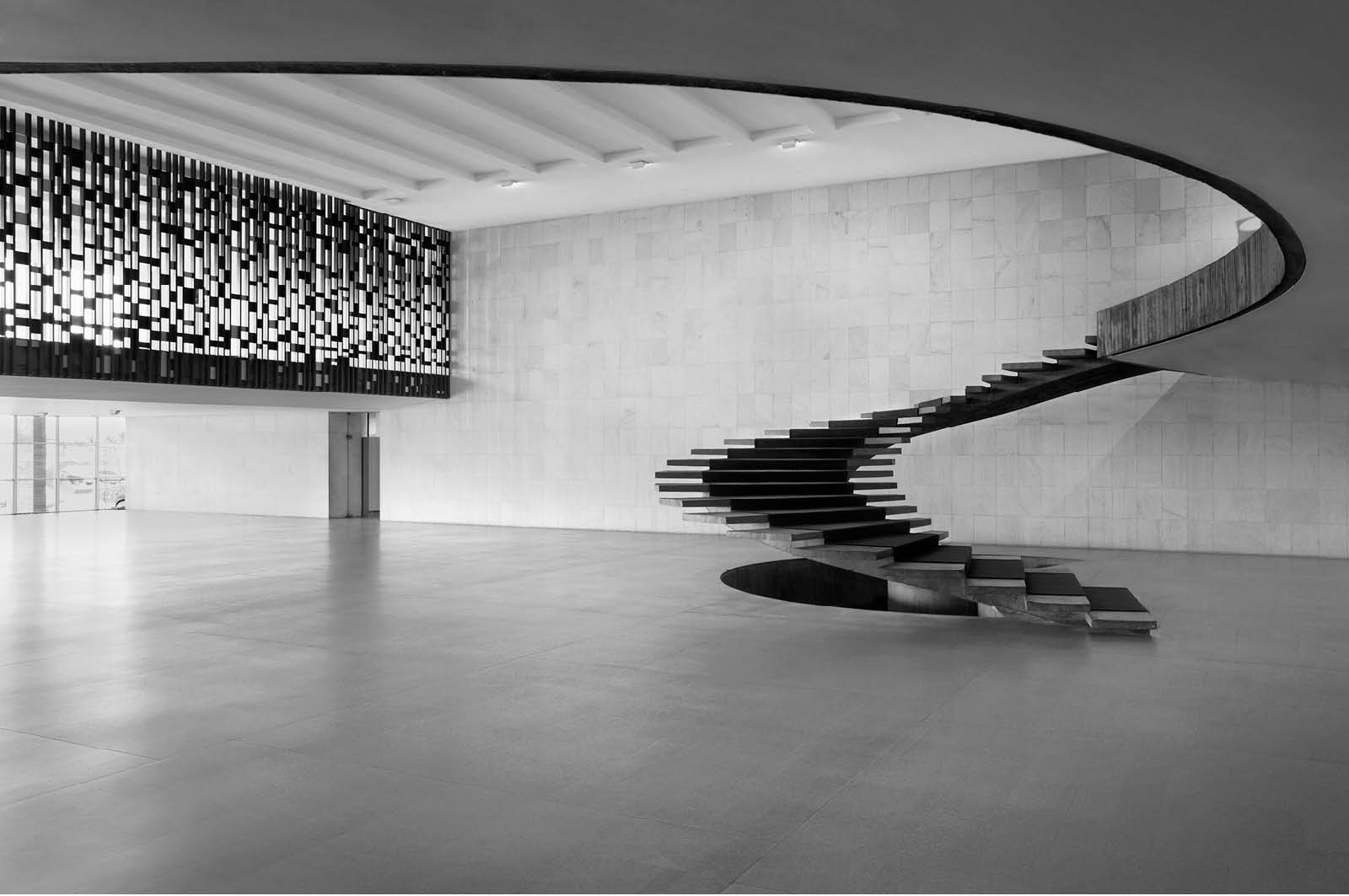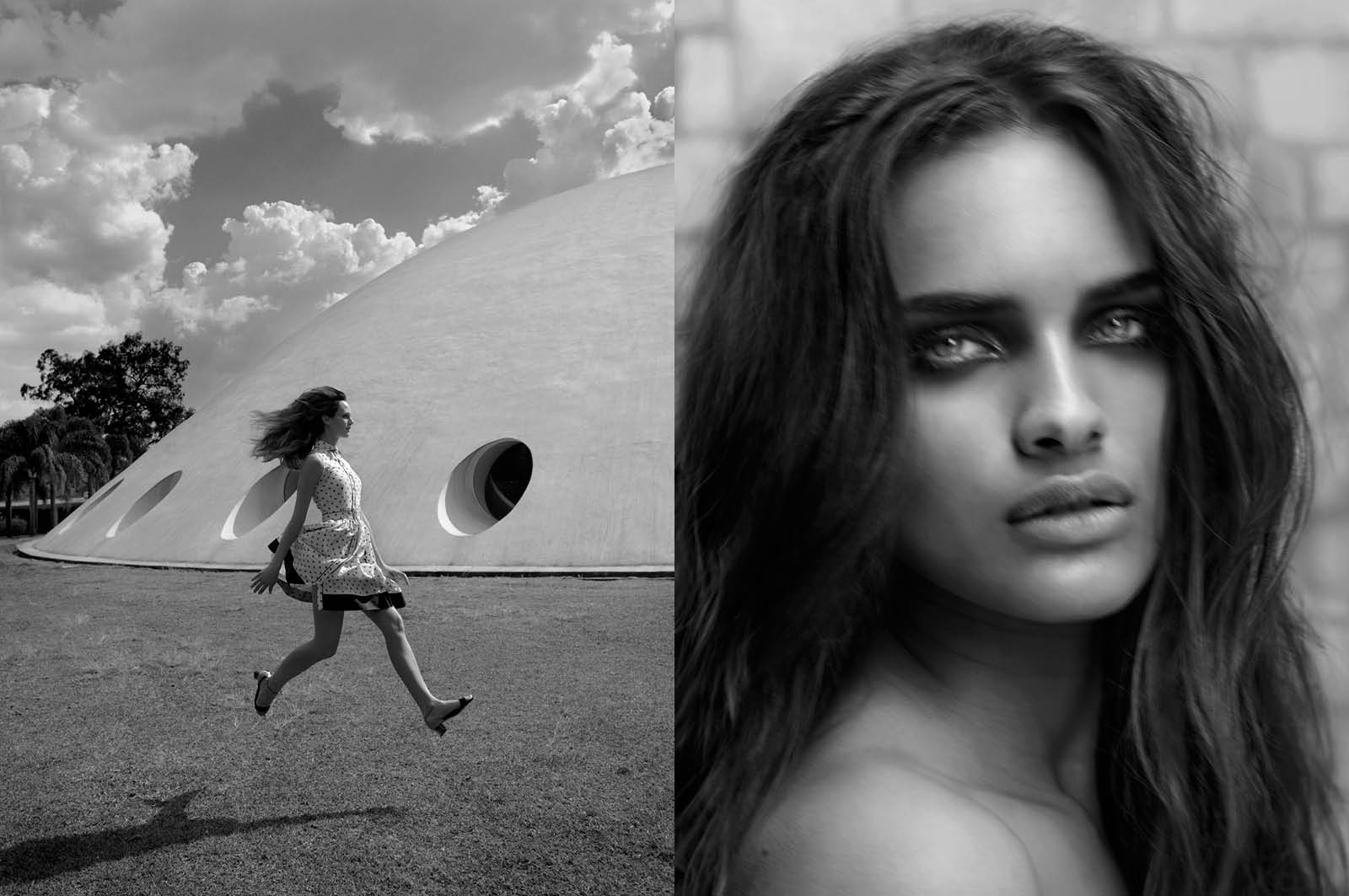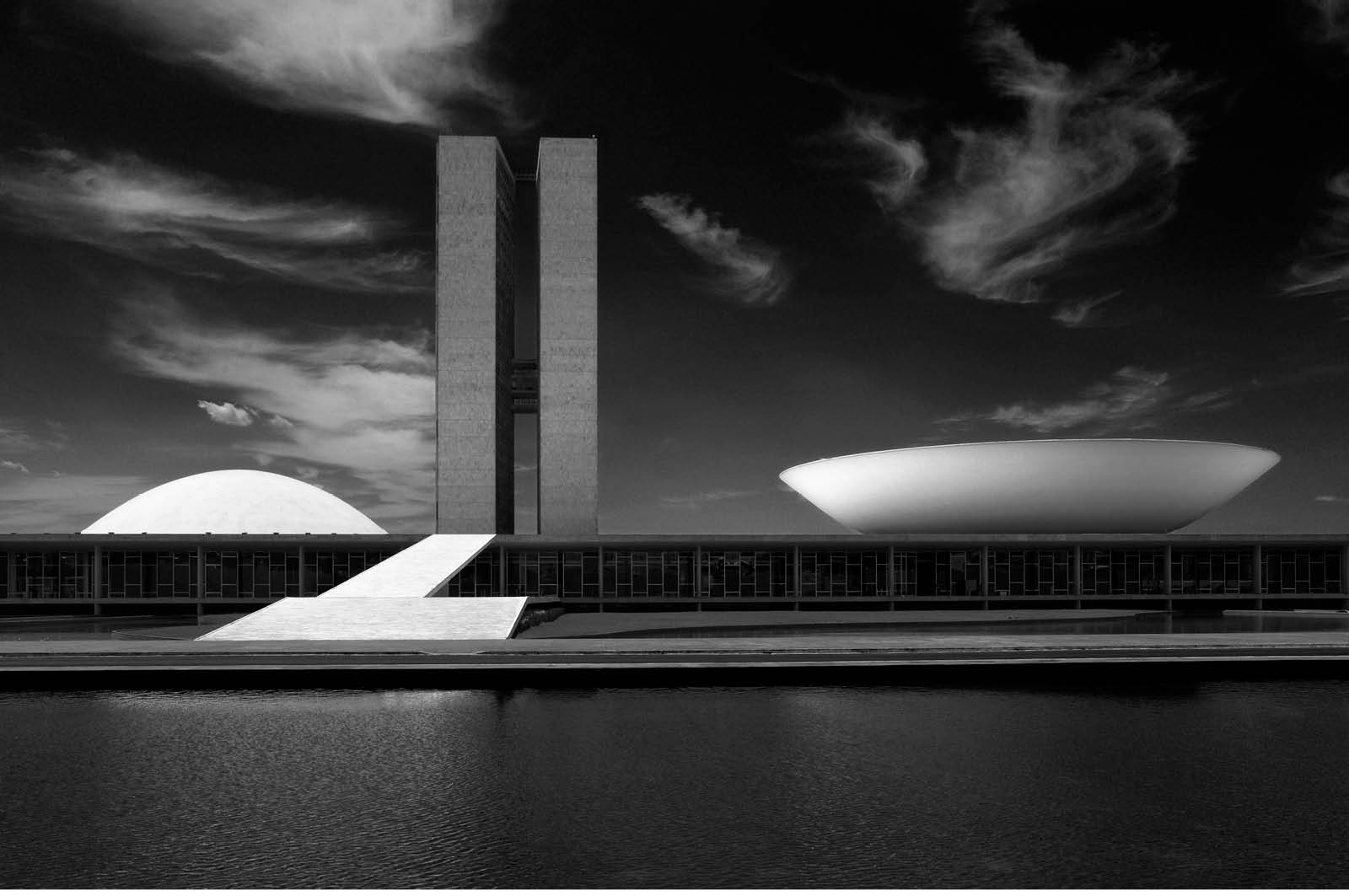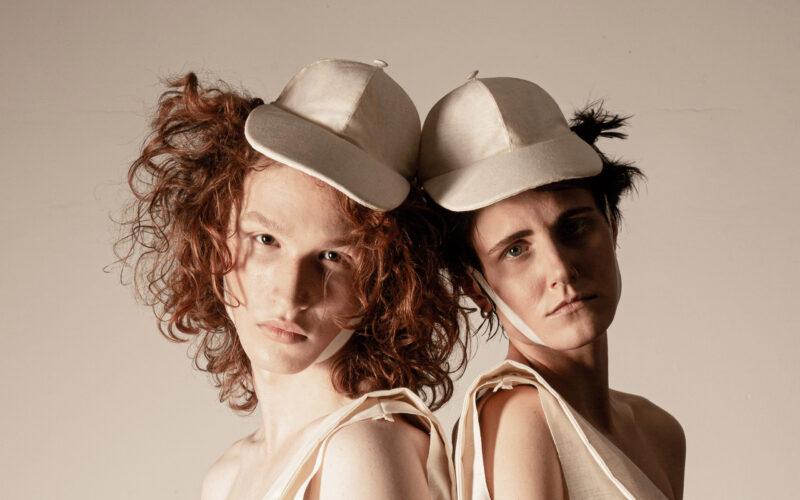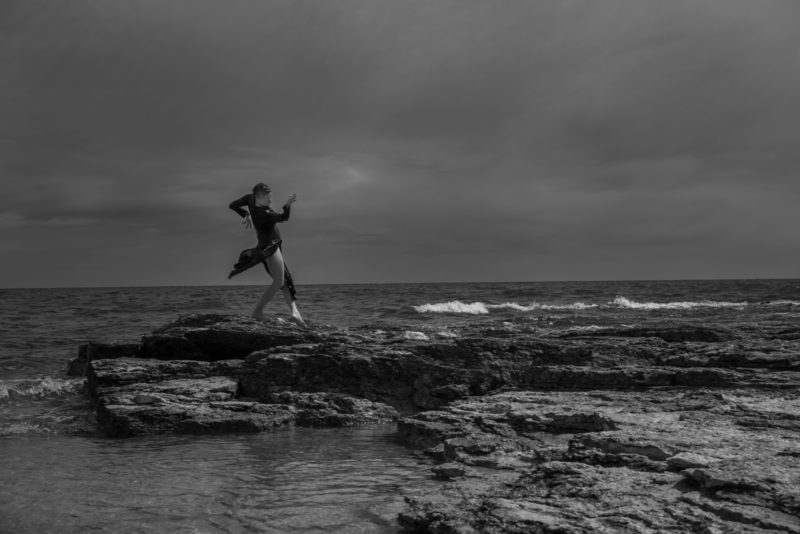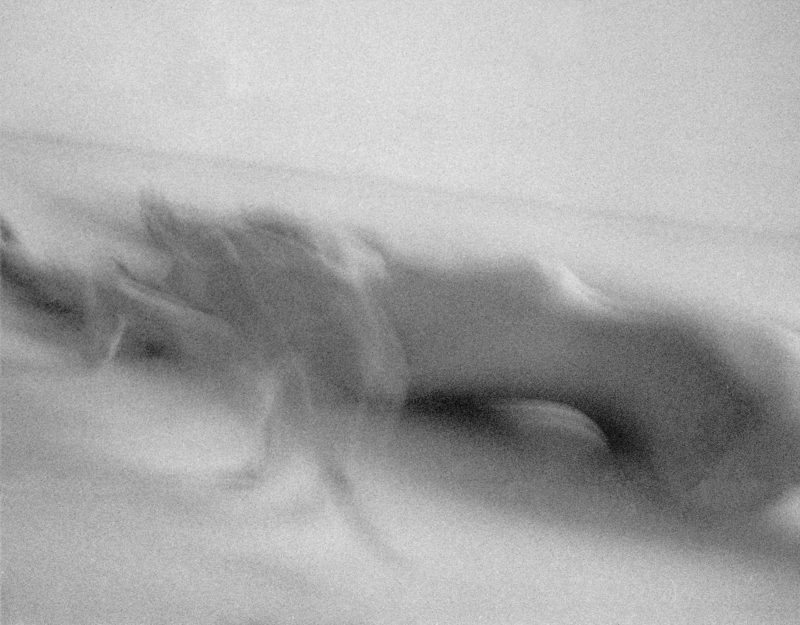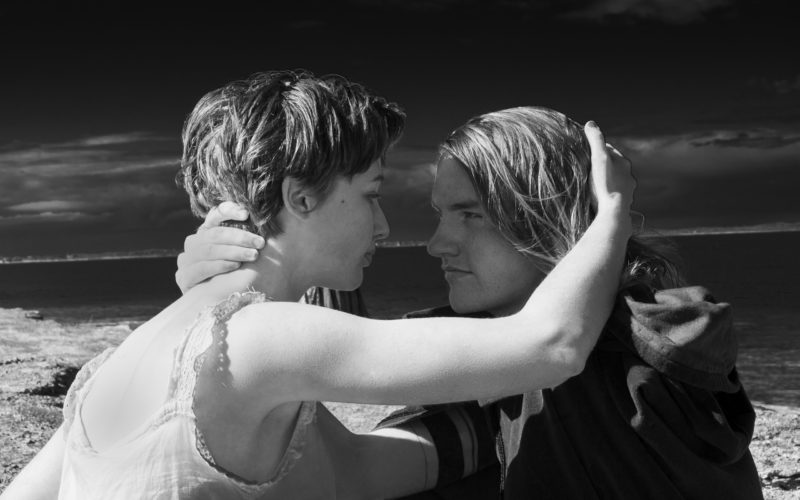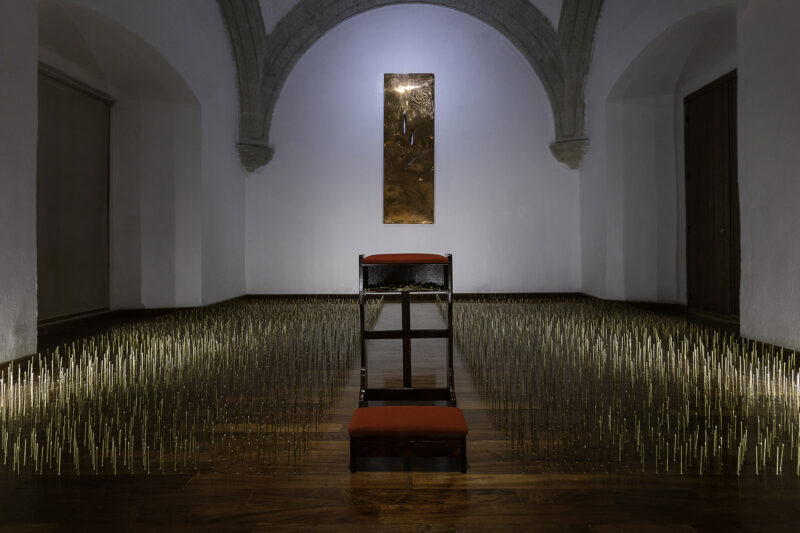“Brazil” by Olaf Heine is available at teNeues
Christopher Austopchuk: When did you become a photographer?
Olaf Heine: My father gave me my first camera when I was eight. It came naturally to record things that surrounded me. Others wrote diaries; I photographed. But my friends’ bands inspired me to work professionally, back in the early nineties in Berlin.
CA: Were you influenced by other photographers?
OH: I liked the classic portraits of August Sander, Irving Penn and Horst P. Horst, but I was inspired by the more documentary approach of mid-century street photographers Robert Frank, Cartier Bresson and Walker Evans.
CA: How did the Brazil project start?
OH: With Mas Que Nada, the great Sergio Mendes song a Berlin radio station had as its theme. The swinging sixties in Brazil inspired me: the bossanova of João Gilberto, the architecture of Oscar Niemeyer, Jobim and Gilberto Gil, Mendes da Rocha and Lina Bo Bardi – and of course its great football team with Pelé and Garrincha. All of that was so light and loose.
The first time I went to Brazil to document a rock festival in the nineties, I did not find that lightness. It appeared rather tough and harsh. But in the early 2000s it seemed a new cultural era started, with great new architecture, artists, literature movies, music, and the economy. Between 2009 and 2014 I must have travelled there a dozen times, dedicated to discovering, celebrating and encouraging the lifestyle and capturing the aesthetic and spirit of this beautiful country apart from the clichés.
CA: The subject matter of this collection goes in a different direction than your entertainment, music and sports portraits.
OH: After my last book (I Love You But I’ve Chosen Rock), I tracked down Oscar Niemeyer. I fell in love with the curves and lines of his buildings. I moved on to São Paulo and Rio de Janeiro and got hooked. A few months later I met and photographed him – he was 103 – and this had a lasting effect on me. He told me he was inspired by the landscape and the curves of women in his country. He was nonchalant about it.
All I knew back then was that I didn’t want to shoot the same things over and over. So instead of being linear and conceptual I started to drift and roam; I didn’t know what I would see or who I would meet next, but I was curious to soak in all the inspiration that Brazil laid in front of me.
CA: The photographs have a sensuality; is that a fair representation of the country?
OH: I never thought my photography was realistic. I always try to include my sentiments or perception; I would not dare say that my book is a truthful representation of the country. I was just learning and along the way trying to document encounters. Mariana Lima, a theatre actress I photographed, said that when looking at my pictures she could sense the Brazil I captured. It is not real but could be, because it is in the people and the souls. It is a romantic vision of the country.
CA: Brazil is lush and colorful, yet you shot in black and white.
OH: Mine was a more formal aesthetic. I followed the organic lines of the architecture, landscapes and people. Whether it was the impulsive curve of a wave or the sensual curve of a girl, color might have distracted. And there are plenty of colorful books of bikini bottoms on the Copacabana. Again, that doesn’t interest me. I was searching for the core, the heart, the passion and the gloom of, for instance, what I heard in João Gilberto’s guitar playing. Black and white has a melancholy which suits a country devoted to saudade [longing].
CA: You draw comparisons between architecture and the human body; is this peculiar to Brazil?
OH: Not specifically. A fair amount of painters, architects and photographers have transferred human metrics and proportions into their works. My book just deals with the fascination of a voluptuous and feminine equation. And that might be rooted in my upbringing; whereas the German culture is based on a linear, clear, minimalistic and structured origin, the Brazilian perspective might be more curvy and free-flowing. Just compare Niemeyer’s Museo Nacional in Brasilia with Mies van der Rohe’s National Gallery in Berlin, one of my favorite buildings in my hometown: the distinction is massive.
“Those who leave will take longing on their journeys.”
– Brazilian proverb –

